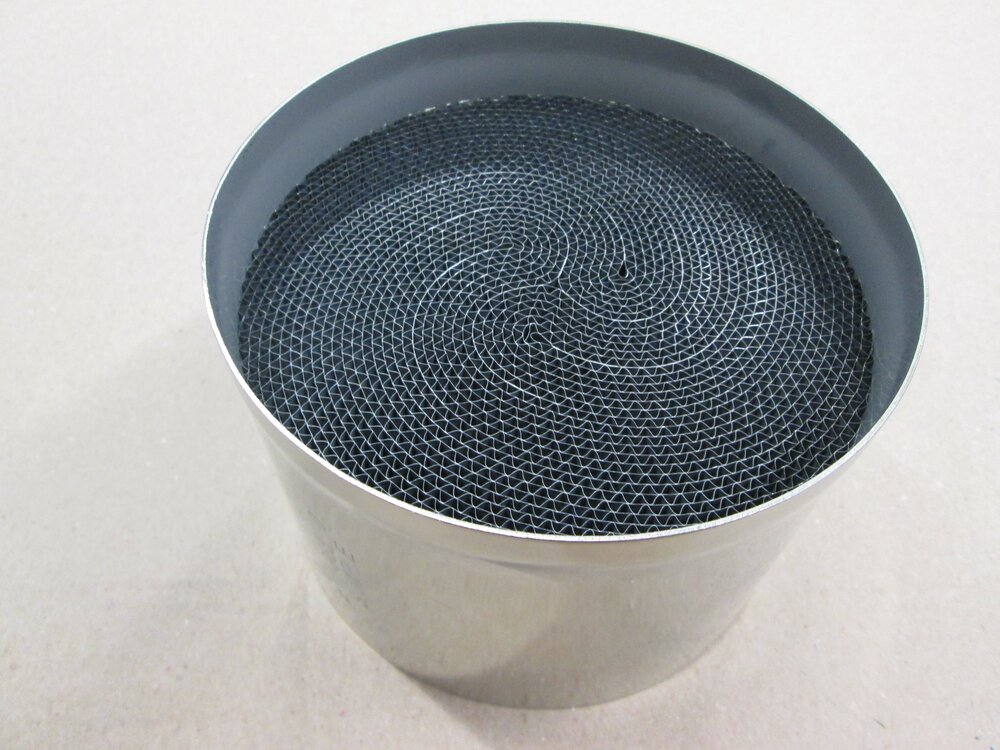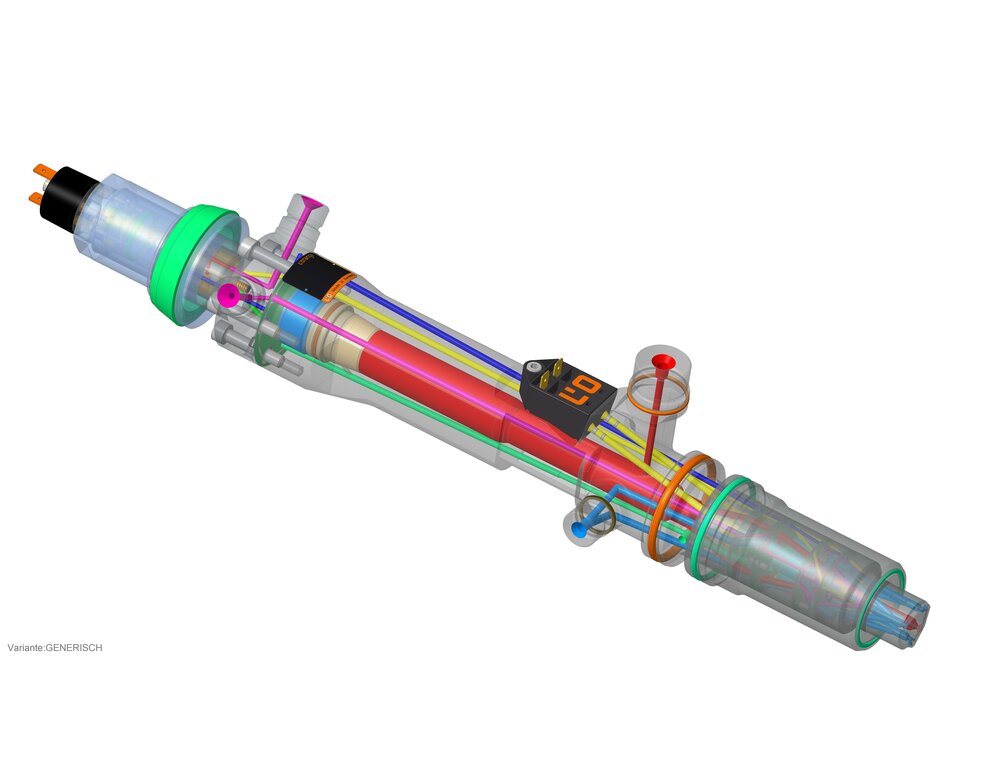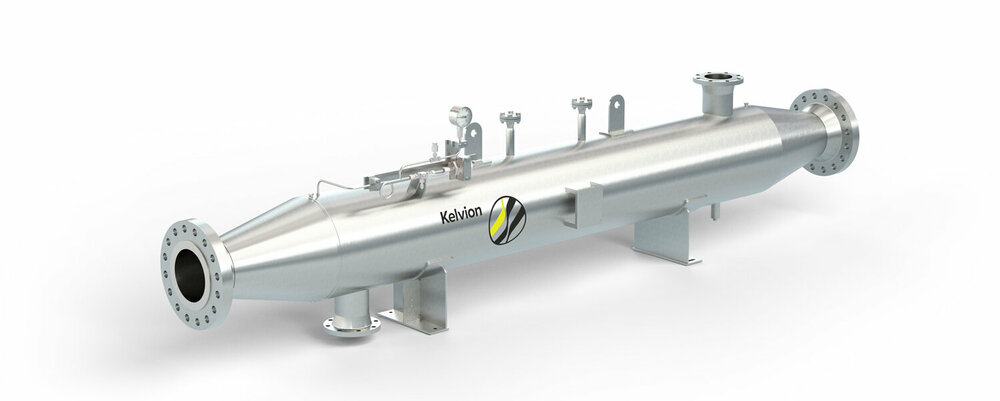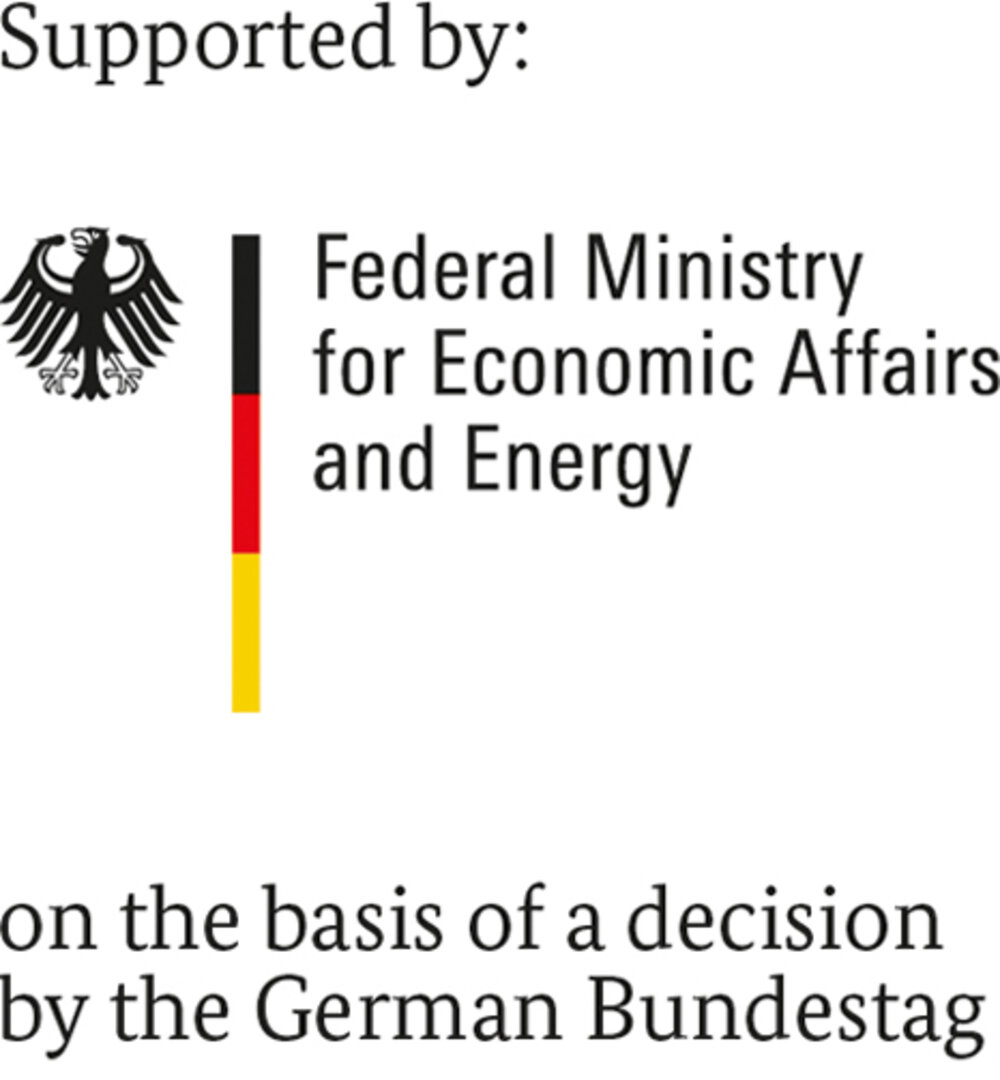MethMare: Reducing maritime emissions with innovative gas engines.
The MethMare group is working on propulsion systems for ships using fuels from sources of renewable energy. The two propulsion system concepts being compared differ essentially in the engine technologies employed: an Otto engine and a direct injection engine that runs on various different fuels. The five partners involved in the group come from the research and industrial sectors and their aim is to trial the two concepts and analyze which is the more promising in the context of the whole propulsion system overall. The projected engines are to be just as powerful as conventional ship engines but are projected to generate fewer climate-damaging emissions (e.g. CO2, methane) than engines running on today’s standard fuels such as marine diesel. CO2 emissions from gas engines are significantly lower than those of other engines. However, in specific load modes (e.g. partial load operation and acceleration phases) the gas used (methane) is not fully combusted in the engine and some uncombusted gas passes into the exhaust (methane slip). Like CO2, methane is climate-damaging so that the challenge in developing gas engines lies in keeping methane slip to an absolute minimum. In individual cases, gas engines are already used as ship propulsion units today and so far, these units have been run on liquefied natural gas (LNG). It is possible to gradually replace LNG with RE-methane and this potential is helping to drive the energy revolution in the maritime world. The concepts being researched by the group likewise aim to achieve significantly cleaner propulsion technology that will also reduce emissions of soot and sulfur oxides among other substances.
The group is coordinated by MTU Friedrichshafen, a subsidiary of Rolls-Royce Power Systems, a company that is already experienced in concepts for high-speed and dynamic-operation engines for marine applications.
Gas-fueled Otto engines
Gas-fueled Otto engines have been around for a long time because gas is easily combusted in Otto engines. The drawback with this concept is, however, that the gas is not fully combusted, and uncombusted methane consequently escapes. Because methane is more harmful to the environment than CO2, the potential that gas engines offer for reducing greenhouse gas emissions is not yet being fully exploited. As part of the MethQuest Project, the MethMare group is involved in developing a methane oxidation catalyzer that will render methane harmless. The particular challenge here lies in the fact that high temperatures are required to oxidize the methane in the exhaust tract. In the engine, such temperatures only exist downstream of the turbine on the turbocharger. The catalyzer must therefore be located here and this considerably impairs engine dynamics. At MTU, work is therefore being conducted on a system for electrically assisting the turbocharging process in order to eliminate these disadvantages. One of the group partners, TUM-LVK (Technical University of Munich), is conducting investigations and simulations of combustion behavior within the engine.
Gas engine without methane slip
The second marine gas engine concept (flexible fuel engine with direct injection) employs a completely new combustion process. Here, as in diesel engines, air is first compressed in the combustion chamber before the primary energy medium (gas) is injected simultaneously with a small amount of diesel that ignites the gas. The advantage of this process is that the gas is almost entirely combusted and unwanted methane slip remains negligible. This combustion concept offers the further benefit that other fuels, e.g. methanol, can also be used. MTU has already verified the functional viability of this combustion process in the previous (likewise government-sponsored) project ‘FlexDi’.
On the basis of results gained in the combustion process phase, the MethMare project partner TUM-LVK will conduct in-depth investigations and simulations involving combustion behavior in the engine. Additionally, the entire powertrain will be subject to close observation. To achieve the aims involved a high-pressure gas system must be developed because the gas has to be very highly pressurized and heated for injection to function.
The injection expertise needed in the project is provided by Woodward L’Orange GmbH whilst Kelvion is developing an innovative, double-walled, safety heat-exchanger. Within the context of the research project, the components for the high-pressure fuel system (injector, heat exchanger and high-pressure pump) will be assembled at the ILK Dresden (Institute for Air-Handling and Refrigeration) where trials in the form of component and combined function tests will take place.




